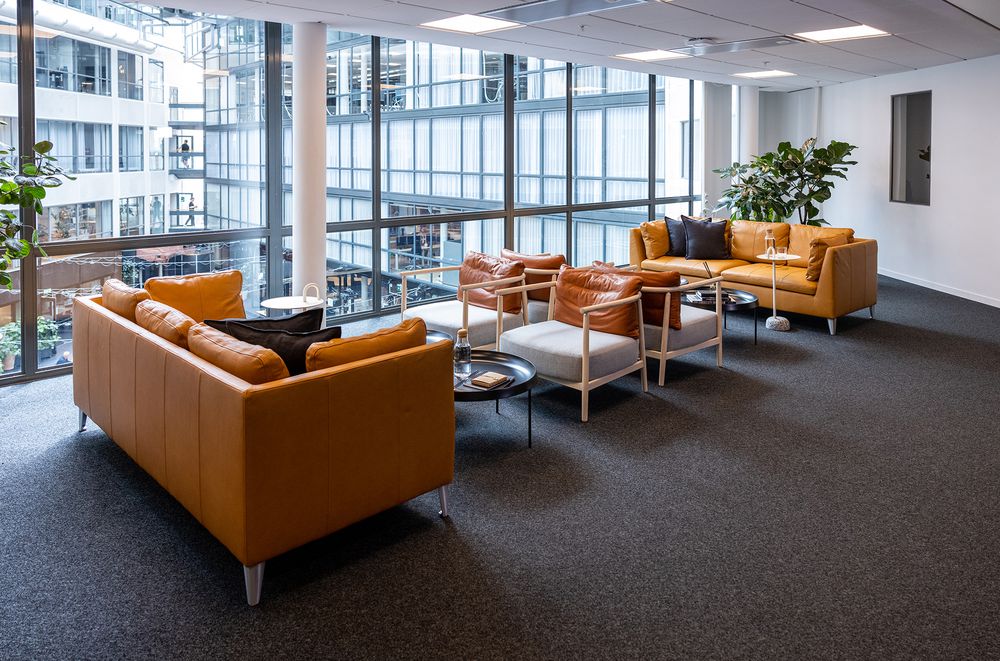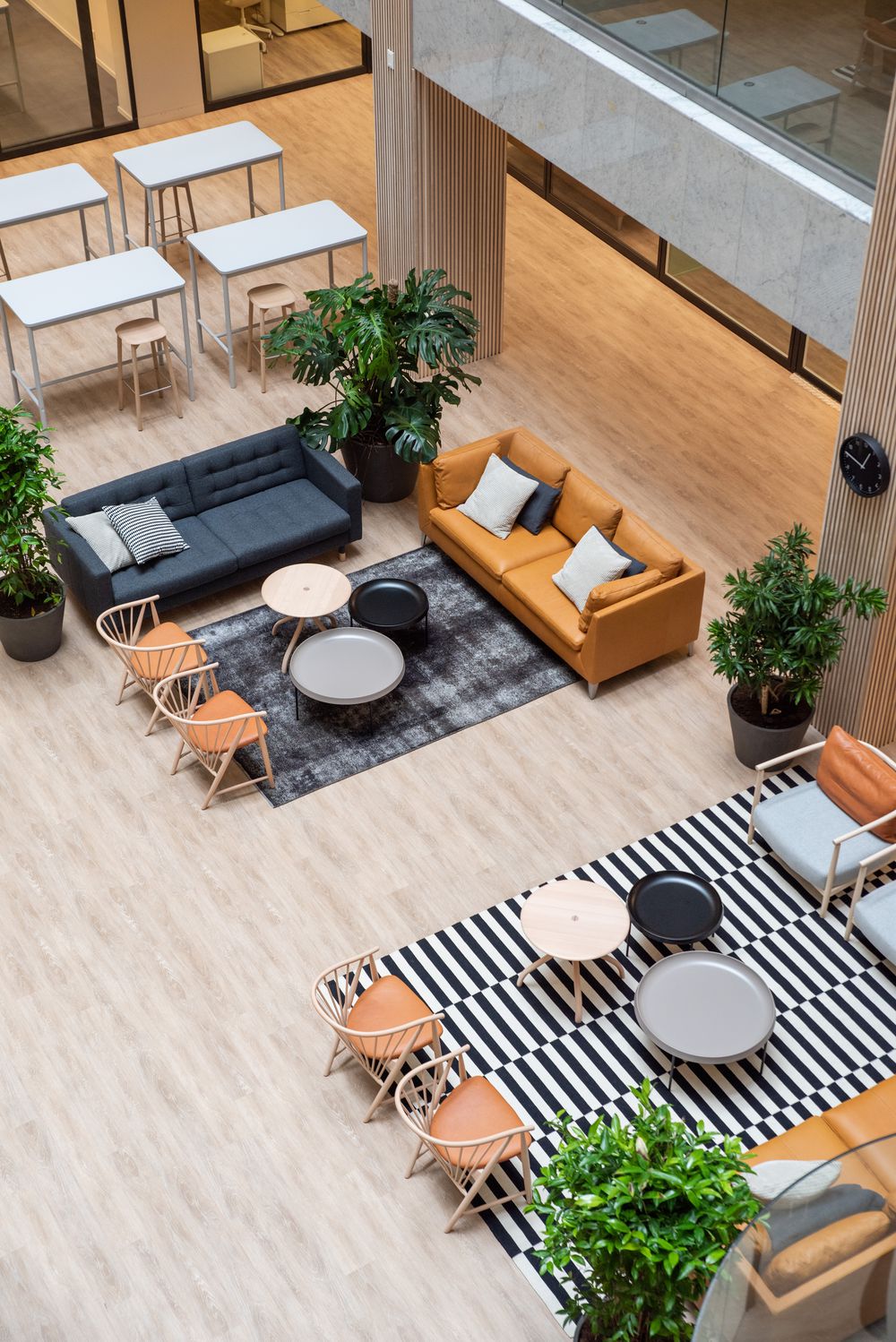As the pandemic changed the way of doing business, many employees reported having experienced burnout ranging from mental, physical to emotional exhaustion.
Workers are now putting more emphasis on an organisation's culture before applying for an open post. Consequently, over half of employers are also working on different ways of improving their work culture by promoting more flexibility and wellbeing. This way, these companies have a better chance of retaining and attracting highly talented employees.
Here are ways to improve the work culture in your organisation:
Incorporate Amenities and Design Features to Prompt Wellbeing
Implementing different designs and features in the workplace advances the operational, social, and physical aspects of productivity, wellbeing, and human health. For instance, walking tracks have become increasingly popular in most organisations, which facilitate walking meetings. Still, various amenities like speakeasy-style lounges, bistros, and wellness rooms have been incorporated in many offices to promote social connections.
Incorporate different furniture styles and fixtures is also another trend in workplace designs that bring out that feeling of working in a café or at home. This way, you can attain a more casual look and feel that skillfully brings out different workspaces. These designs make the workplace more enhanced, inviting, and a much more comfortable gathering place. As employees prepare to get back to physical offices, these spaces, fixtures, and styles will play an integral part in supporting the wellbeing and culture of workplaces.

Improve the Colour and lighting
The physical environment in an office, from the lighting, ceiling, and walls, greatly impacts employees' mood, performance, and attitude. Vibrant colours elements change the aura of the surrounding environment. Colours like green and blue are mostly associated with innovation and creativity, making them a favourite for office walls. You can also add red elements on specific walls since its associated with better concentration.
Employers should also consider natural lighting in all office spaces. Better lighting improves employees' energy, mental health, and mood, significantly impacting productivity and focus. Sadly, a majority of offices have poor lighting, which negatively impacts wellness and productivity. Also, using bright fluorescent lighting increases anxiety and stress levels and can also cause headaches. Try incorporating glass walls instead of drywall to allow natural light to flow into every space. If it's impossible to have natural lighting in some areas, you can install softer lighting such as orange and yellow.

Make the Office More Comfortable
By having a clean and attractive office, you create better relationships between co-workers. Even if there isn't enough natural lighting in your office space, ensure that your employees have a relaxing atmosphere. You can achieve this by having comfy furniture, extra mile amenities, working equipment, and more. Also, give your employees the flexibility to work from whichever place they feel comfortable within the office. Therefore, get comfy chairs and the freedom to stand at their desks if they wish.
You could also opt for height adjustable desks, which are a smart initiative to improving employee wellness. Besides, too much sitting is harmful to your health. Also, remaining in one position feels tiresome, and an adjustable desk allows you to change positions throughout the working hours. A healthy body brings out more productivity.
When employees have the freedom to choose their best working position, they feel comfortable and willing to deliver more. You can also give them the freedom to customise their workstations. Besides, employees spend considerable time in the office and making such spaces comfortable is critical in every organisation.

Flexible Layouts
Open office layouts are among the most popular in most working spaces since they contribute to productivity and transparency. However, flexibility is also a key consideration in the current fast-paced environment so that the spaces can be adaptable to the current task. A flexible work environment also helps combat apathy and boredom, leading to a more positive atmosphere and higher engagement. In fact, employees who can easily move to different areas within their workplace have a better chance of engaging with other employees.
Distance in the office layout is also a crucial consideration in promoting good company culture. The travel distance between co-workers and even the management has a significant impact on collaboration and interaction. The farther the distance, the less a worker is likely to collaborate with others during projects.

Embrace Connections with Nature
There is a strong bond between living systems and human beings. Research shows that connections to nature can bear many health benefits like improved cognitive functions, reduced stress, and more. As a result, companies are looking for various ways to bring the outdoors into the office space as the pandemic restrictions ease. Organisations have started incorporating sustainable landscape designs, strategically placed architectural elements, gardens, rooftop decks, and more. These features help in promoting health, wellbeing, and social distancing.
Plants are also vital in improving air quality and lead to improved happiness among workers. Research shows that plants boost wellbeing by up to 47%. Higher wellness levels increase productivity and morale in achieving company goals and create a welcoming environment for clients and employees.

Craft Third Spaces
Employees have varying needs, and crafting multiple spaces helps to serve all individuals and groups. For instance, employees will need a third space when working together during a project. Also, a private third space is essential for employees who want to stay more focused on an isolated and quiet area. Common spaces like a café or coffee stations also promote a feeling of community and impromptu interactions.
Key Takeaway
With an exceptional office design, you can increase your employee's wellbeing and flexibility, enhancing company culture. Make sure your incorporate designs and fixtures in your office space with your employees in mind to have features that cater to their specific needs. By considering color, layout, furniture, nature, and plants, you are on your way to designing a space that inspires employees to deliver the best results.
